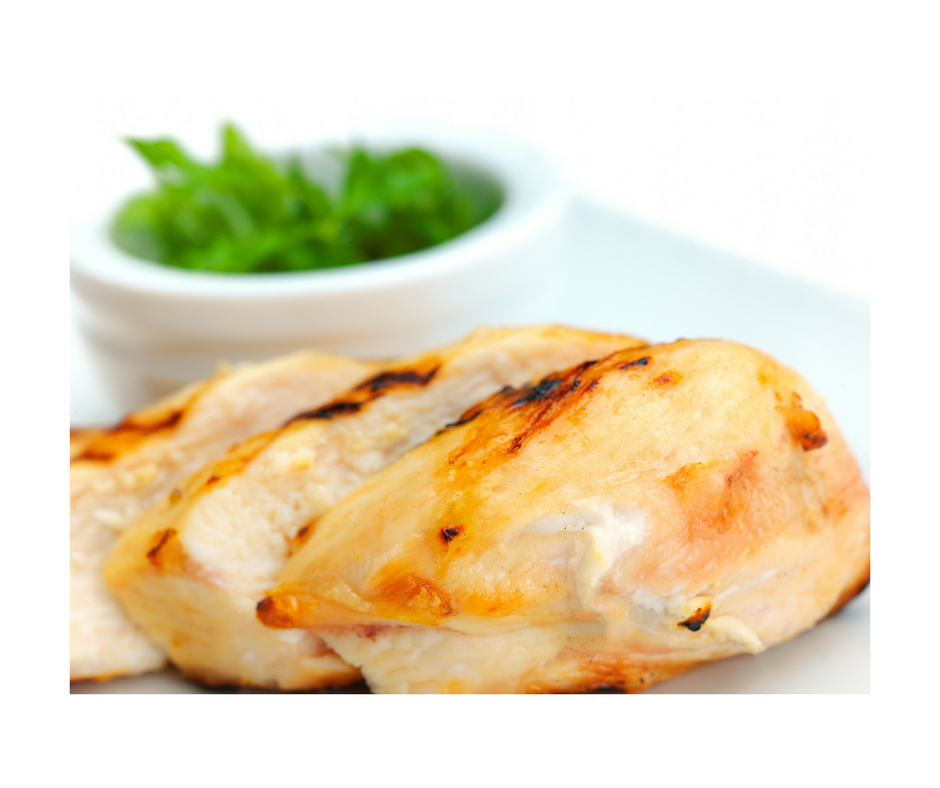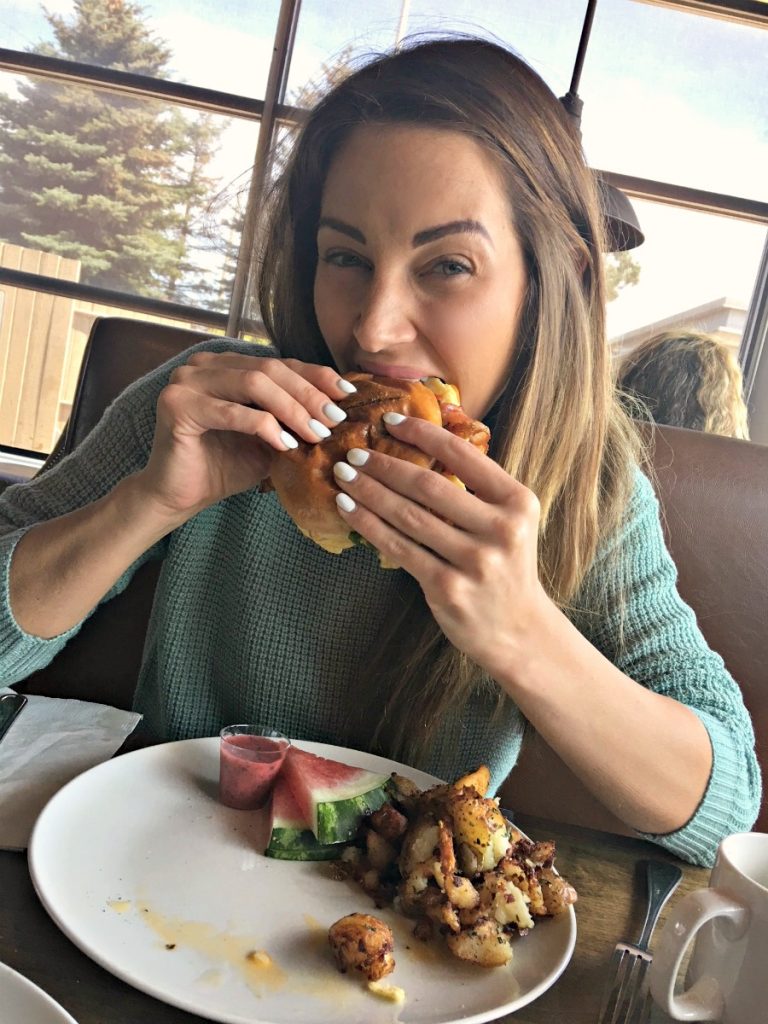[fusion_builder_container hundred_percent=”no” equal_height_columns=”no” menu_anchor=”” hide_on_mobile=”small-visibility,medium-visibility,large-visibility” class=”” id=”” background_color=”” background_image=”” background_position=”center center” background_repeat=”no-repeat” fade=”no” background_parallax=”none” parallax_speed=”0.3″ video_mp4=”” video_webm=”” video_ogv=”” video_url=”” video_aspect_ratio=”16:9″ video_loop=”yes” video_mute=”yes” overlay_color=”” video_preview_image=”” border_size=”” border_color=”” border_style=”solid” padding_top=”” padding_bottom=”” padding_left=”” padding_right=””][fusion_builder_row][fusion_builder_column type=”1_1″ layout=”1_1″ background_position=”left top” background_color=”” border_size=”” border_color=”” border_style=”solid” border_position=”all” spacing=”yes” background_image=”” background_repeat=”no-repeat” padding_top=”” padding_right=”” padding_bottom=”” padding_left=”” margin_top=”0px” margin_bottom=”0px” class=”” id=”” animation_type=”” animation_speed=”0.3″ animation_direction=”left” hide_on_mobile=”small-visibility,medium-visibility,large-visibility” center_content=”no” last=”no” min_height=”” hover_type=”none” link=””][fusion_text]
With so much information out there, many people don’t know where to start when it comes to fat loss. There are so many different approaches and diets that it can be downright confusing. So I thought I would put together some information on how to generally establish a calorie deficit for a balanced, lifestyle-based transformation.
This blog acts as a straight forward “How To” instructional on Fat Loss. But when it comes to staying on track, your relationship with food matters most.
Take note – Because behaviours are mostly the reason people succeed or fail with their weight loss goals.
And before explaining I’m going to assume that you currently have an exercise program in place. Weight lifting is crucial to maintain muscle and also lose body fat.
Cardiovascular exercise is optional but I always recommend to do as little as possible first. Rely on your diet and weight training to take care of the fat loss process with cardio as a top up.
LET’S BEGIN:
STEP 1 – Establish Daily Calories
When it comes to fat loss, everything starts with our calorie intake. We can safely assume 15x one’s bodyweight in lbs is a good start in establishing one’s maintenance calories.
And assuming you’re not prone to a history of yo-yo dieting or extended periods of aggressive dieting, we can safely start at a deficit at 10-12x one’s bodyweight. I always start at the higher range of that number (even up to 13x) because:
- lose body fat while eating as much food as possible
- letting weight lifting create a deeper sink for us along with speeding up our metabolism
- allows plenty of wiggle room to make food adjustments in terms of portions and options.
Overweight individuals can sometimes start with a lower calorie range to create a deficit. But I do a lot of investigative work with lifestyle, dieting history, and where they currently are before going too aggressive.
For example, a 150-pound female client could set her calories anywhere from 1500 to 1950 calories daily.
Starting on the lower end could bring about results faster initially. But it will invariably lead to more hunger and it doesn’t leave us any room to adjust when weight loss plateaus. And believe me it always will.
STEP 2 – Establish Protein Intake
Within our calories are our macronutrients with protein being the most important. Not surprisingly most people that struggle with weight loss rarely eat enough protein.
I set protein intake at about 0.8 to 1.2 grams per pound of body weight depending on the individual. In most cases I like starting it protein at 1g per pound.

Baked Chicken Breast as a protein source
What’s great about protein is its filling and is our primary macro for building muscle and repairing tissue – we need this and ample amounts of it.
STEP 3 – Fish Oils and Omega 3s
When it comes to fat, Omega 3s provide so many health benefits. EPA and DHA are found primarily in certain fish while ALA (Alpha Linolenic Acid) can be found in nuts and seeds.
I also recommend getting Omega 3s from a high potency fish oil supplement. I like to use a dosage of about 1500mg of EPA and 1000mg DHA per day depending on the brand.
While fish oils is viewed a supplement to some people, to me, it’s part of my regular diet. And I’ll take this for life.
Take your fish oils regularly if you love:
- vibrant hair, skin, nails
- improved eye sight
- improved cogitative ability and brain function
- reduced inflammation
- improved fat loss
Miss out at your own discretion.
STEP 4 – Fill in the Rest (Carbs and Fats)
With Protein and Fish Oils taken care of, I like to balance the rest of the calories comprised of your carbs and your fats.
Generally a balanced 40/30/30 ratio for macros acts as a baseline but I can interchange carbs and fats depending on the person and their goals and preferences.
One of the most common misconceptions is we have to eliminate carbs to lose fat but that couldn’t be farther from the truth. In fact, if we stay within our calorie range, we can even use fun foods generally thought “forbidden” for added flexibility and still achieve fat loss.
STEP 5 – So What Do We Eat?
If you need a template of whole foods to start, download my 10 Day Busy Mom Meal Plan or 28 Day Fat Loss Blueprint. You can also set your calories and macros over your desired amount of meals per day (i.e. 3-6 daily meals) through MyFitnessPal.com, CalorieKing.com, or FatSecret.com.
For variety you can easily substitute your foods using these tools for flexibility and stay within your calorie range. But if this process is new to you and you’re still trying to establish structure, start off small with food substitutions to get comfortable.
With my Coaching Clients, I recommend 30-50g of fast absorbing carbs including a Protein Shake as a Post Workout meal (“PWO”) to refuel your body and planning your meals around that. Because the PWO carbs are low in fibre, its a good opportunity to use fun carbohydrates.
Get comfortable and start substituting more and more of your foods for optimum flexibility.
Also make sure to have 1-3 cups of leafy vegetables with your meals.
And don’t be scared of fruit.
After a few weeks, this should give you a general framework for your initial nutrition program.
STEP 6 – Diet Breaks
Every program should have dietary breaks within the week either in the form of a Free Meal or Cheat Day. I typically don’t like using Cheat Days (or even like using the word “cheat”) but a dieting break has both physiological and psychological benefits to continued fat loss.
There are many ways to implement a dieting break. I prefer to implement 1-2 Free Meals per week without any counting to spend time with family and loved ones as a good, lifestyle-based approach. Provided the rest of the week has been spot on with compliance, 1-2 meals off plan (maturely portioned) during the week won’t stall progress.

Jenny enjoying a cheeseburger as a free meal
In fact research has shown dietary adherence will be easier. And results will be better.
STEP 7 – Let’s Get It Started
Start the plan with a weigh-in, some measurements you can do reliably, and some photos (stand about 7 feet back, aim for the middle of the body (not too high and not too low), and shoot Front, Back, and Side Profiles.
Follow your plan relentlessly for two weeks to get a caloric baseline.
Make adjustments as need be.
Train hard. Train harder the next week…and so on.
Be relentless with your goals and be honest with your progress (i.e. extra Bites, Licks, and Tastes (“BLTs”), trigger foods, obstacles, schedule, etc.).
STEP 7 – Assess and Adjust
The calorie estimates you used to begin your initial program are just that – estimates.
It’s a place to get you started but you’ll need to make some adjustments that works for you and your lifestyle.
After 1-2 weeks we i) weigh-in, ii) do measurements, and iii) take pictures. I don’t recommend relying on the scale as a barometer of your success as it is only partial data.
And just because we were compliant for 1-2 weeks doesn’t mean there will be a profound change in scale weight. There are a number of factors to consider like compliance, hormones, dieting history, exercise history, etc. The key is to be consistent embracing what we’re doing as a part of your lifestyle.
Dietary Compliance is the one thing we can control with your program so approach the first 2 weeks more strictly to see how your body responds as a baseline. Once you have information and created some structure, it’s easy to implement more food variety.
Compliance is key. Once you nail it, everything else will fall into place.
Putting it all together…
Some key lessons on your fitness journey is to remember that progress isn’t ever going to be as fast as we like. If we’re making progress, continue on plan and be patient because only more good will come out of this.
I hope this guide helps you with some basic parameters when it comes to setting up your own fat loss program. So whether you do it on your own or have someone else set up your program, the big take home point here is – Dietary Compliance.
Don’t cheat. Be cognizant of snacking. Improve your relationship with food.
And don’t shortchanging your goals (which is really yourself).
If this has been helpful, I’d love to hear from you by COMMENTING below.
Do you need a healthy nutrition program?
Then get a FREE copy of my 10 Day Busy Mom Meal Plan. We’ll take the guess work out of eating healthy to help you achieve a leaner body and fit into your clothes better. It’s worked for thousands of my clients so I know it will for you.

[/fusion_text][/fusion_builder_column][/fusion_builder_row][/fusion_builder_container]
This blog about How To Calculate Your Calories For Fat Loss.
has helped me enormously, is a very good topic.
Kiss you All!